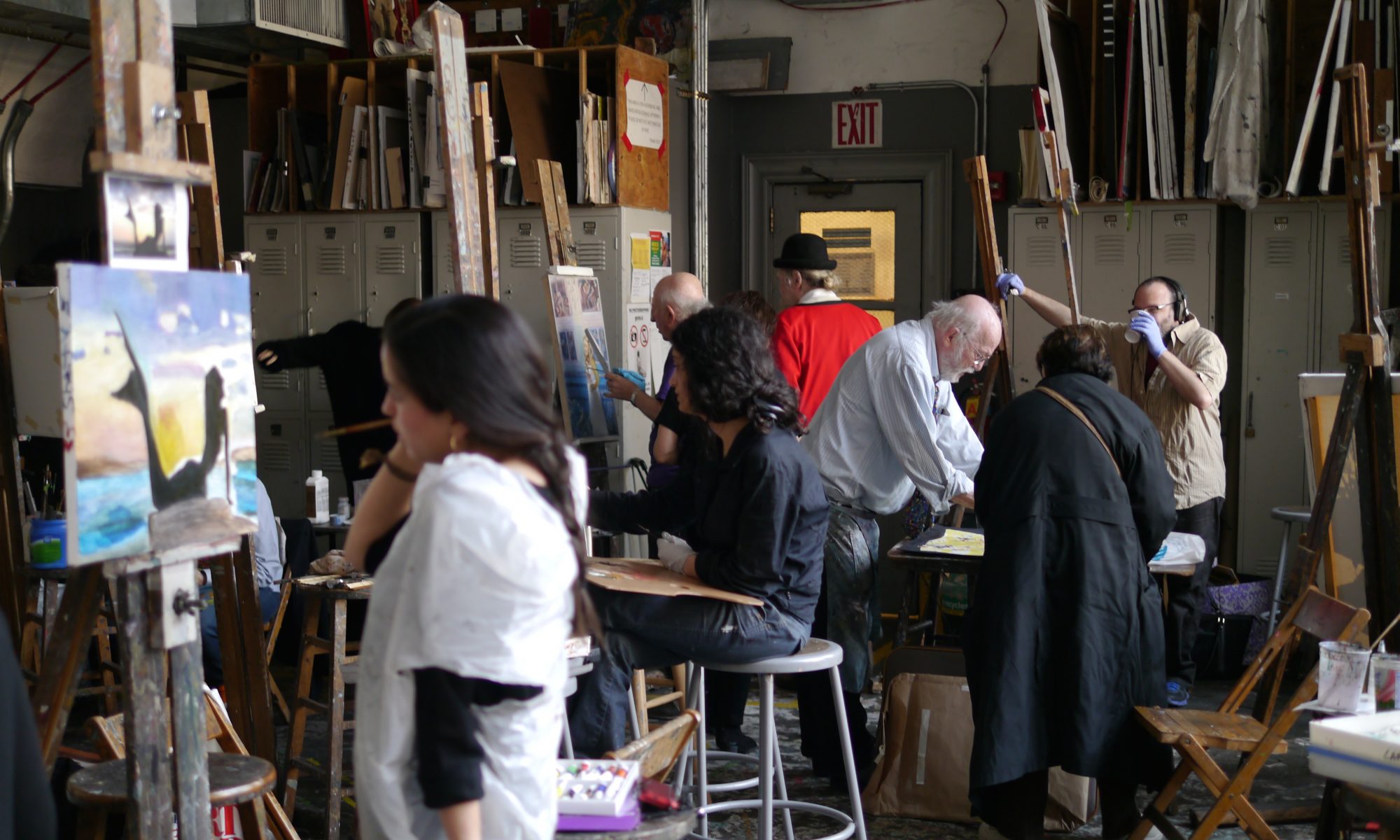Every artist of established reputation has constant applications made to him to decide whether such and such a young person has talent enough to justify his studying art; and the proof furnished in which a judgment is to be based is usually a few very slight sketches made in a hazy manner with charcoal or daubs of paint.

On such proof no matter how much multiplied, no thinking man can base any judgment. They are merely evidences of an imitative habit, often strong in young persons who may lose it entirely later in life.
If the object in studying art be the acquirement of an additional means of education, or for the amusement of the student and his friends, we may safely encourage every person to its study. A knowledge of shapes and an appreciation of colors can be got in no way so surely as by drawing and painting, and this knowledge and appreciation helps wonderfully in making us understand and enjoy everything about us. No one who has not tried to paint, can understand the constantly developing sense of the beauty of nature which is produced by the attempt to imitate it upon canvass. Therefore we say, let every young person learn to draw and paint.
But when it comes to studying Art seriously as a life pursuit, the case is different. Great artists are very rare; even good artists are few in number, and when we pause to think of the reason, we find that it must be so. The production of a great statue or picture involves the use of different sets of faculties which are rarely combined. In no other vocation is a man required to be at the same time two things to different as an artist must be. He must be at once a poet and a mechanic. His imagination must set before him an ideal, and his hand must have the cunning to execute the shapes and colors which will express that ideal. Now the imagination of a great artist must not only be lofty but very vivid, for it must enter into every detail. He may pass over no portion as the poet may, and leave it undefined, for the vacancy would be at once discovered. And the hand of the artist must be so trained as to be ready for every emergency. What workman in the world is so dexterous as a good painter?

To become an artist the student must have these qualifications. First, imagination, an insight; this will point out to him the road he is to take, it will separate the essential and the true from the unimportant and the false. He must have quickness of observation and a good memory; he must have diligence, perseverance and some mechanical dexterity.
“Science is a part of art,” says Goethe, “but the artist must have the whole.” The more a man knows, the better artist he will be; but knowledge alone will not make an artist; something in addition is required which we may call imagination, or delicacy of perception or the Divine Spark. It is all the same thing under different names. Without it all the science in the world will not make an artist, but the science.is also required, and that comes through study, through persevering observation of the phenomena of Nature.
From The Art Union, Vol. 1 No. 10/11 (Oct. – Nov., 1884), p. 167
